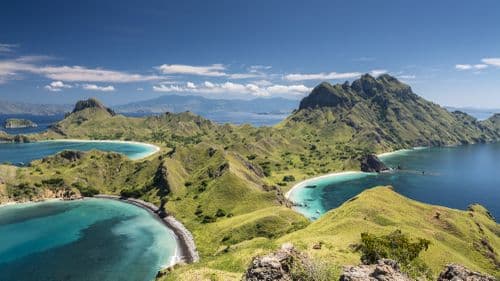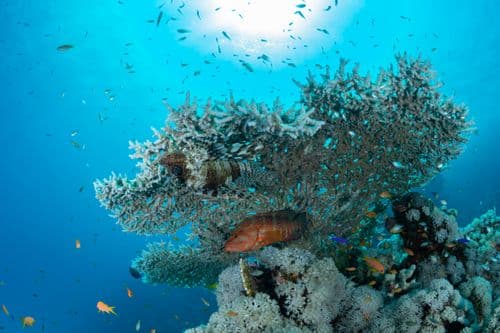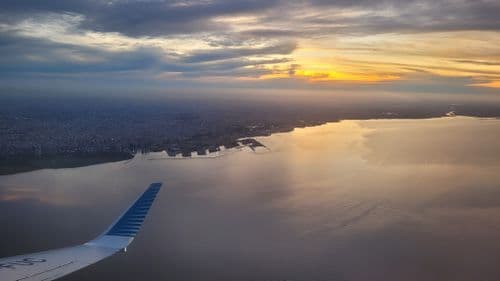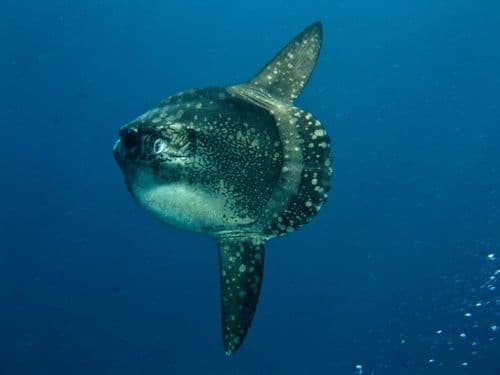
Sebayur Besar in Komodo National Park
Experience the vibrant reefs and diverse marine life of Sebayur Besar.
What you need to know about Sebayur Besar
Sebayur Besar, nestled in the heart of Komodo National Park, offers a diving experience like no other. This fringing reef dive site is located midway between Komodo and Flores, providing easy access to some of the most stunning underwater landscapes in the region. The island’s reefs are teeming with vibrant marine life and beautiful coral formations, making it a must-visit for both novice and experienced divers.
Diving at Sebayur Besar features gentle slopes that extend down to around 25 meters (82 feet), with a mix of coral bommies and sandy patches. Divers can expect to see a variety of fish species, including schooling fusiliers, angelfish, and the occasional eagle ray gliding through the blue. The site is also home to critters like nudibranchs, porcelain crabs, and lionfish, providing plenty of opportunities for macro photography.
For non-divers, Sebayur Besar offers pristine beaches perfect for relaxation, snorkeling in shallow waters, and exploring the island’s natural beauty.
Interesting facts about Sebayur Besar
Getting there: The best way to explore Sebayur Besar is by liveaboard, offering convenient access to the island's top dive sites. Alternatively, you can fly to Labuan Bajo and take a boat from there.
Best time to visit Sebayur Besar: The ideal time for diving is from April to December when water temperatures range from 27°C to 30°C (81°F to 86°F), providing excellent visibility and calm conditions.
Diving Conditions: Dive sites around Sebayur Besar feature depths from 5 to 25 meters (16 to 82 feet) with generally mild currents, suitable for divers of all experience levels.
Our liveaboard trips: Numerous liveaboard vessels visit Sebayur Besar, with trips typically lasting 7-10 days. These trips often include other top sites in Komodo National Park, such as Batu Bolong and Manta Point.
A little known fact: Sebayur Besar's unique location makes it a hotspot for diverse marine life, including rare sightings of pygmy seahorses and other fascinating critters.
Pictures of Sebayur Besar


























